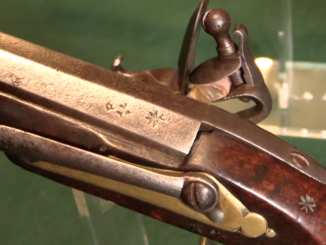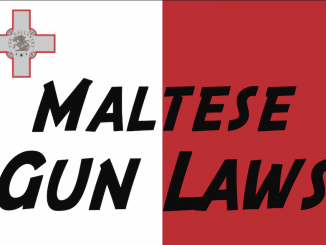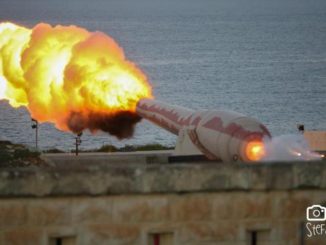During World War Two, the Grand Harbor in Malta was the most-bombed place in the world, under aerial bombardment for two full years because of its position as a central Mediterranean base for British air and sea forces. While these attacks were focused on the harbor facilities, most of the island’s population lived right in the same area, and civilian casualties during the war were substantial. In an effort to safeguard the population, a vast number of underground bomb shelter tunnels were dug.
The island of Malta is mostly relatively soft limestone, and the Maltese are quite experienced in working it, after millenia of quarrying limestone to build structures and digging it out to make cisterns and wells. This allowed an otherwise enormous project to be successful – using mostly hand tools, enough shelters were dug to safely house the entire at-risk population. Many of these shelters and shelter complexes are open to the public today, including the system under the Malta At War Museum, which we are visiting today…
I am grateful for the Malta Tourism Authority’s assistance in helping to make this visit and video possible!




I believe the point of the tile floors and plaster walls in the medical areas is not that those surfaces are in themselves sanitary but that they can be kept clean and sterile much more easily than rough hewn limestone surfaces.
“island of Malta”
Axis planned amphibious assault against this location as Unternehmen Herkules
https://en.wikipedia.org/wiki/Operation_Herkules
although some preparations were done, it never happen as they have not enough free units, due to fighting in North Africa.
Much of this mess was caused by Italian command incompetence. The soldiers were brave enough to tackle Allied positions and run them through (and this almost happened with Italian tanks making the desperate charge) but the staff at the planning table certainly did not think things through well at the start, so far as British military prowess was concerned. I hope this is wrong…
And was something completely doomed to faillure. If I remember proper, the problem were not the lack of units, but
1) The only land strip on the whole island for glidder landing was de 1.5 km road between the two airfields. Covered by 90+ AA guns.
2) No water sources on the island.
3) The beaches for the follow up amphibious invasion were covered by Malta coast artillery.
If you want some discussion in deep about this topic,
https://forum.axishistory.com/viewtopic.php?f=11&t=168777
Starts discussing the air asault on 1940, but derives fast to Herkules
As I understand it, much of the Maltese limestone is soft and easily worked when first exposed to the air. I once saw (in Nat. Geo. Magazine?) a picture of a Maltese cheerfully adding a room to his house with no tools other than a big butcher knife and a light sledge. In an emergency, of course, he’d resort to pickaxe, chisel, and wedges, as we see were used in the video. I wonder if there are estimates of the number of lives saved by these remarkable diggings?